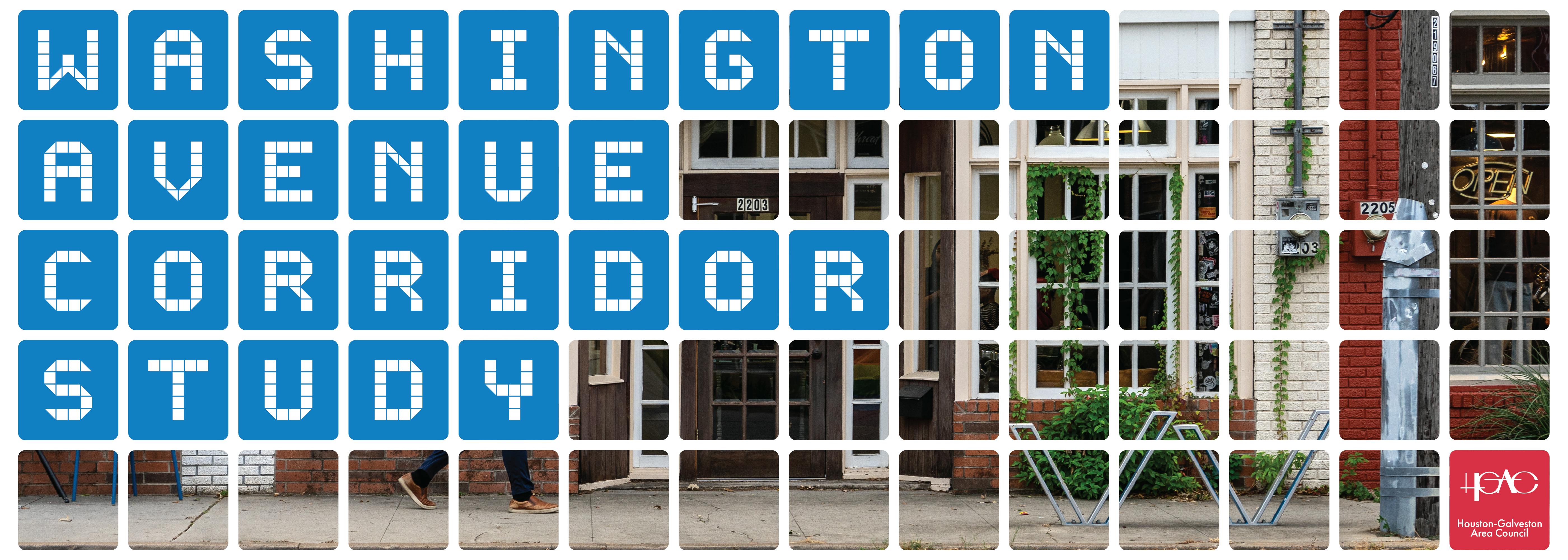Category WACS Existing Conditions Summary Show all
-
WACS Existing Conditions Summary
Share WACS Existing Conditions Summary on Facebook Share WACS Existing Conditions Summary on Twitter Share WACS Existing Conditions Summary on Linkedin Email WACS Existing Conditions Summary linkFor full Existing Conditions report, click here.
There are many existing policies and previous studies that make recommendations for Washington Avenue.
 (Zoom in on your phone or browser) Throughout the last 20 years, many plans and studies have included Washington Avenue in their scope of work. Recommendations for the corridor range widely in scope and scale.
(Zoom in on your phone or browser) Throughout the last 20 years, many plans and studies have included Washington Avenue in their scope of work. Recommendations for the corridor range widely in scope and scale.The right-of-way is limited along parts of Washington Avenue.
 (Zoom in on your phone or browser)
(Zoom in on your phone or browser)Washington Avenue corridor generally consists of 2 lanes with a middle turn lane in each direction. During off-peak hours, some portions of the outer lane turn into street parking in each direction. Although the number of lanes is fairly consistent throughout the corridor, the right-of-way (ROW) along Washington Avenue varies greatly, with the widest areas being up to 160 feet wide and the tightest segments being as narrow as 60 feet wide.
Crash data reveal several dangerous hotspots on Washington Avenue.
 (Zoom in on your phone or browser)
(Zoom in on your phone or browser)Over the past five years, more than 1,000 crashes have occurred along the study area corridor. More than 350 people have been injured in these crashes—including 19 seriously—and one person has been killed. Speeding, failure to maintain a lane, or changing a lane unsafely were top overall contributing factors.
There is no east-west bike connection through the neighborhood.
 (Zoom in on your phone or browser)Nearby Bayou Greenways give plentiful pedestrian and bicycle access to the edges of the Washington Avenue neighborhood, but once off the bayou paths, accessing destinations is difficult because there is a gap in the bicycle network in this area.
(Zoom in on your phone or browser)Nearby Bayou Greenways give plentiful pedestrian and bicycle access to the edges of the Washington Avenue neighborhood, but once off the bayou paths, accessing destinations is difficult because there is a gap in the bicycle network in this area.METRO Route 85 moves people far beyond Washington Avenue.
 (Zoom in on your phone or browser)
(Zoom in on your phone or browser)Houston METRO Route 85 moves people between the Greenspoint Transit Center and Downtown, using Washington Avenue for a large portion of its route. For people who live along Washington Avenue, the 85 is an essential connection to major transit hubs in both directions (Downtown, Northwest, and Greenspoint Transit Centers). The Route 85 is one of METRO’s frequent routes, with service every 15 minutes, and it is one of the highest ridership routes in Houston–based on October 2023 data, it is in the top 10 most ridden routes. Along Washington Avenue, the Route 85 stops frequently, sometimes twice within a block, and it intersects many other bus routes that people can transfer to and from.
Traffic patterns on Washington Avenue show that it is used more as a local connector than a commuter corridor.
 (Zoom in on your phone of browser for more details)
(Zoom in on your phone of browser for more details)Like most roadways, the volume of vehicular traffic on Washington Avenue is generally highest during the morning and evening rush hours—with some exceptions where lunchtime traffic is higher than the morning peak. Beyond that, the corridor exhibits some unique travel patterns that reflect its role in the area transportation network. A detailed analysis shows that traffic operation is generally good along the Washington Avenue corridor, with most of the east-west through movements operating at Level of Service (LOS) C or better during the peak hours. Notably, a substantial portion of drivers use Washington Avenue as a connection from the surrounding neighborhood to the busy north-south arterials that cross the study area.

